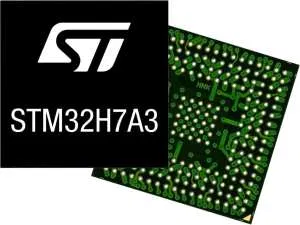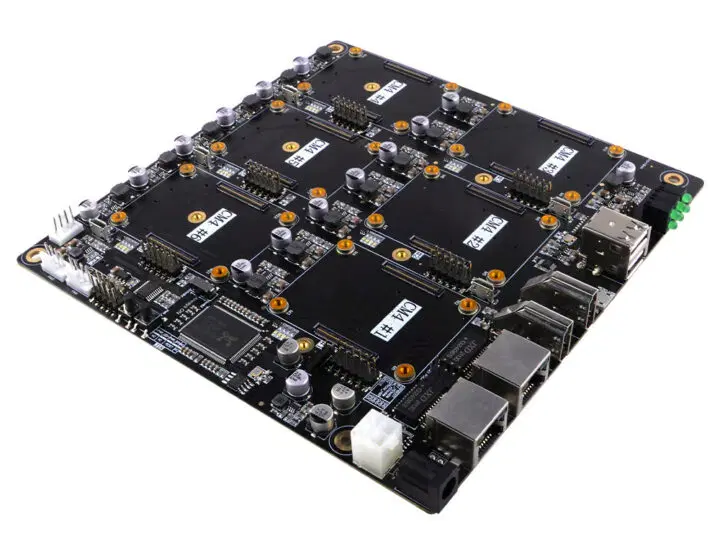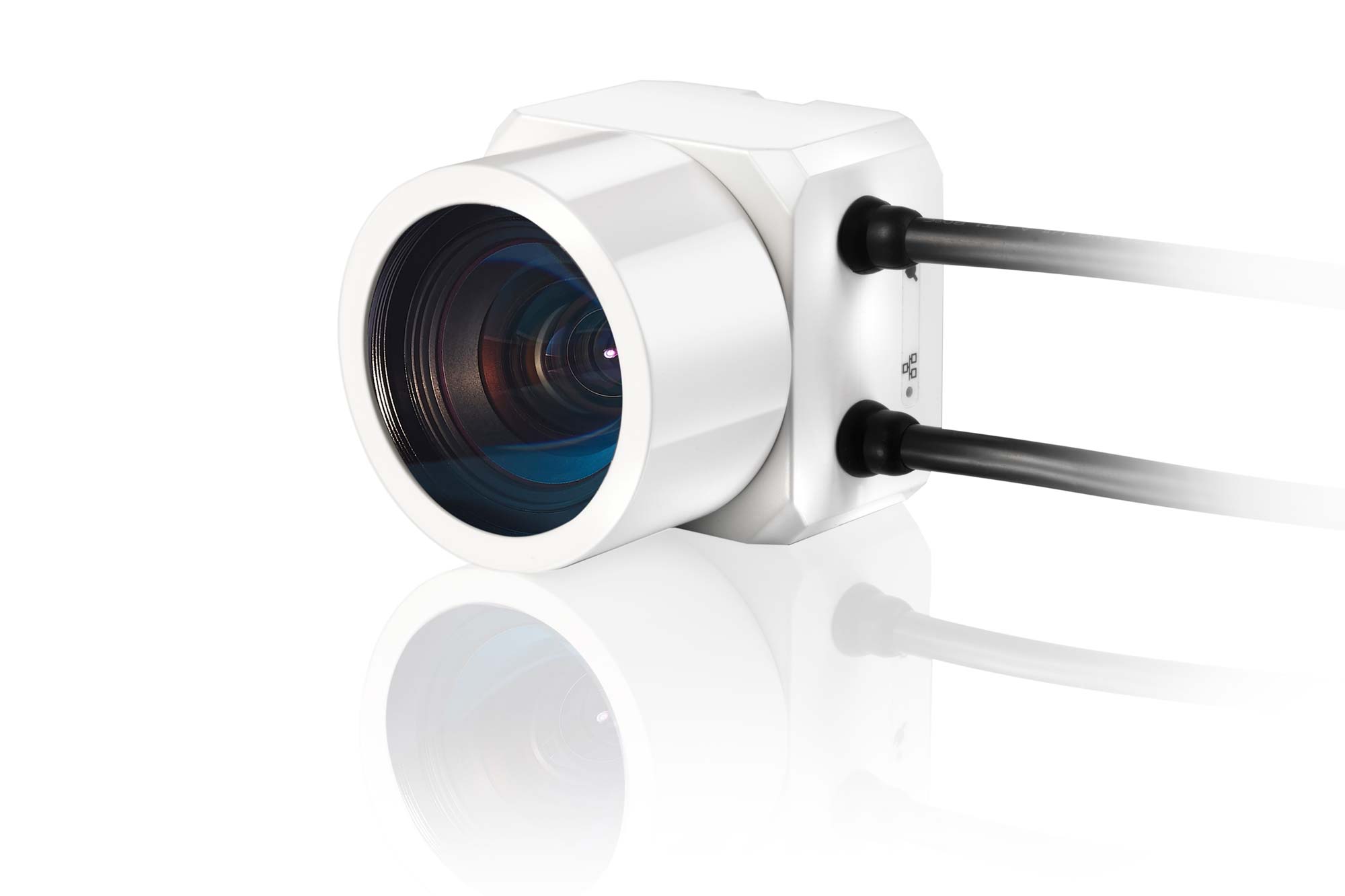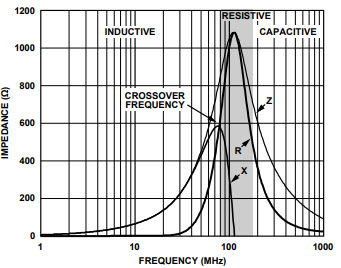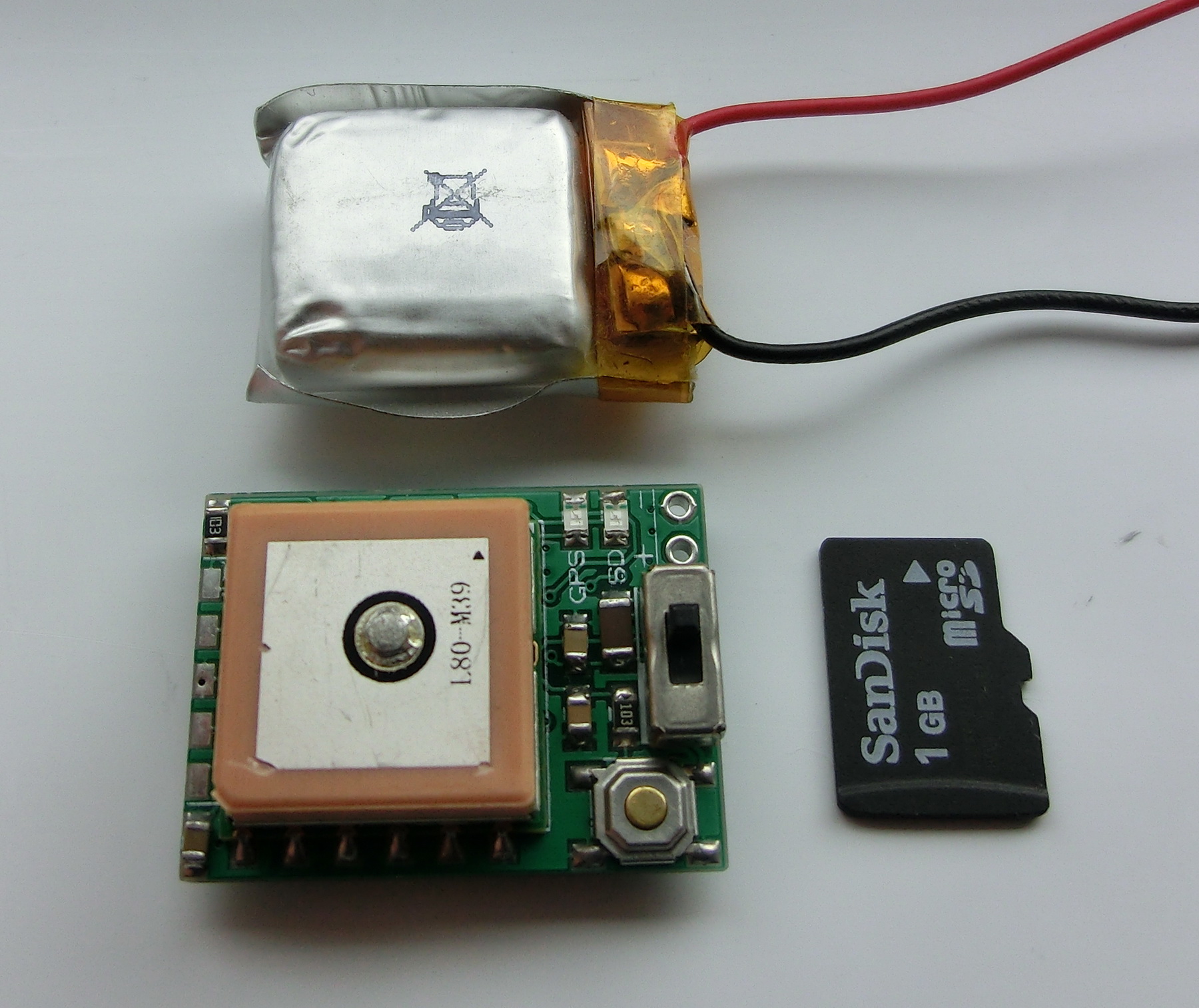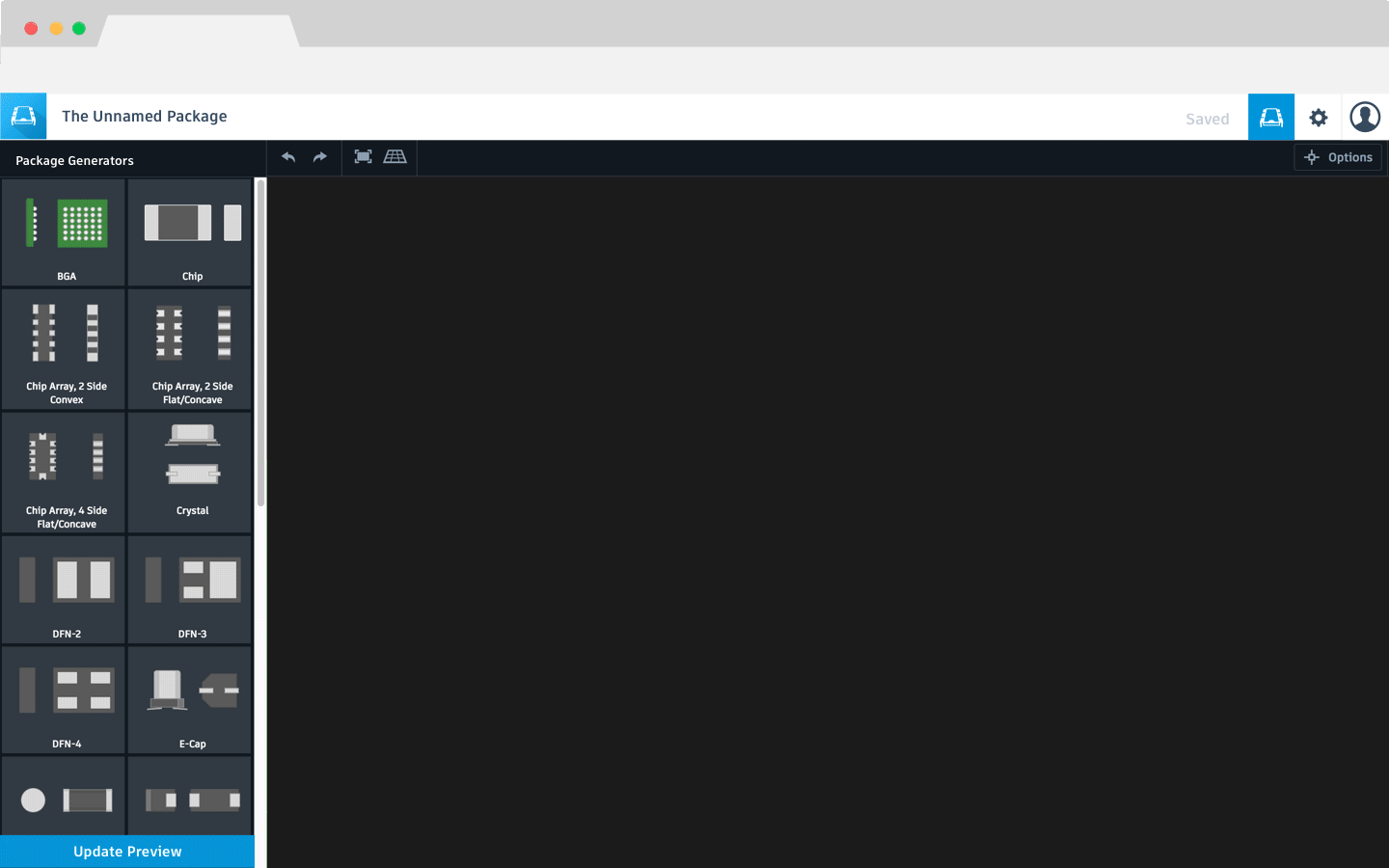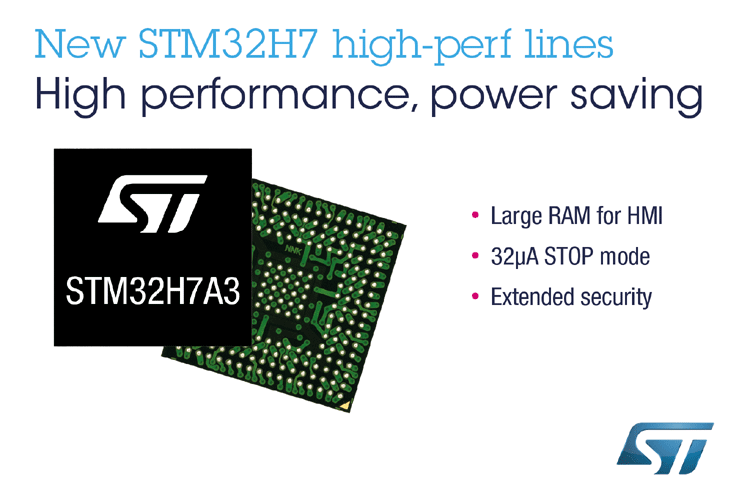
STMicroelectronics STM32H7A3/7B3 lines of microcontrollers include an Arm® Cortex®-M7 core
The STM32H7A3/7B3 lines of microcontrollers include an Arm® Cortex®-M7 core (with double-precision floating point unit) running up to 280 MHz.
The STM32H7A3/7B3 MCU lines provides 1 to 2 Mbytes Flash memory, 1.4 Mbytes of SRAM with the following architecture: 192 Kbytes of TCM RAM (including 64 Kbytes of ITCM RAM and 128 Kbytes of DTCM RAM for time-critical routines and data), 1.18 Mbytes of user SRAM, and 4 Kbytes of SRAM in backup domain to keep data in the lowest power modes and 64- to 225-pin packages in BGA and LQFP profiles.
Performance
- 280 MHz fCPU/, 1414 CoreMark /599 DMIPS executing from Flash memory, with 0-wait states thanks to its L1 cache.
- L1 cache (16 Kbytes of I-cache +16 Kbytes of D-cache) boosting execution performance from external memories.
Security
STM32H7B3 MCUs include the following additional security features:
- Crypto/hash hardware acceleration
- On-the-fly decryption on Octo-SPI external serial flash memory
- Secure Firmware Install (SFI) embedded security services to authenticate and protect your software IPs while performing initial programming.
- Secure Boot Secure Firmware Update (SBSFU)
Power efficiency
- Dual-power domain architecture enables each power domain to be set in low-power mode to optimize power efficiency
- Embedded SMPS to scale down the supply voltage. It can also be used to supply external circuitry and can also be combined with the LDO for specific use cases
- 120 µA/MHz typical @ VDD = 3.3 V and 25 °C in Run mode (peripherals off) and SMPS
- 32 µA typical in STOP mode (low-power mode)
- 2.2 µA typical in Standby mode (low-power mode)
- 0.74 µA typical in VBAT mode with RTC (low-power mode)
Graphics
- LCD-TFT controller interface with dual-layer support
- Chrom‑ART Accelerator™ boosts graphical content creation while saving core processing power, thus freeing up the MCU for other application needs
- Chrom-GRC™ optimizes RAM use
- JPEG hardware accelerator for fast JPEG encoding and decoding, off-loading the CPU
Embedded peripherals
- Up to 35 communication interfaces including FD-CAN, USB 2.0 high-speed/full-speed, camera interface, Parallel synchronous data input/output slave interface (PSSI)
- Easily extendable memory range using the flexible memory controller with a 32-bit parallel interface, or the dual Octo-SPI serial Flash memory interface
- Analog: Dual 16-bit ADCs
- Multiple 16- and 32-bit timers running at up to 280 MHz
more information: www.st.com
Subscribe
Login
0 Comments





